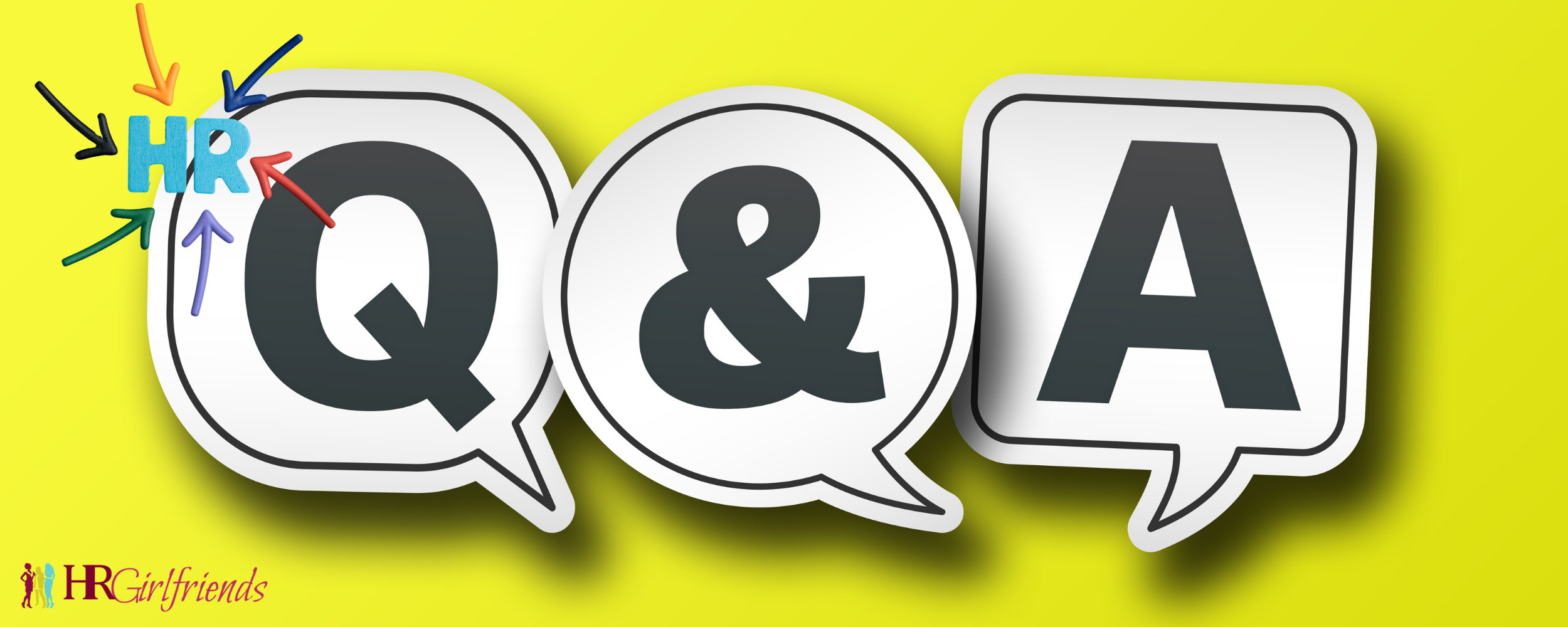The sudden shift to remote and hybrid work has been a rocky road for many working adults. The challenge can be even greater if you have ADHD.
You were probably happy to say goodbye to your daily morning commute. On the other hand, you may now be dealing with new concerns like Zoom fatigue and feeling less connected. Your old routines have disappeared, and it’s difficult to concentrate.
How can you work productively and protect your mental health while you’re doing your job at home?
Study this guide to hybrid work for adults with ADHD.
Tips for Video Conferencing
Daily traffic rose 535% on Zoom in 2020. The increase in video conferencing is even greater when you take into account that many companies use multiple platforms. Becoming comfortable with new ways of communicating is essential.
These tips will help:
1. Move around. Being on camera reduces your mobility, so you wind up feeling more restless. Walking around the room occasionally and sitting on a stability ball will help use up some energy.
2. Stand back. The constant eye contact during video calls can be overstimulating. Stand or sit further away from your screen to increase your personal space. Watching yourself can be tiring too, so most platforms have options to turn off the self-view.
3. Look away. Relieve mental and physical strain by shifting your gaze away from the screen periodically. Glance up or fix your eyes on an object in the distance.
4. Use audio only. Be selective about turning your camera on. Assess your company’s rules and culture first to avoid causing any friction.
5. Schedule breaks. Video calls can make a desk job even more sedentary. Pause at least once an hour to stretch and take deep breaths.
Tips for Other Hybrid Work Issues
When your boss and coworkers are miles away, it’s up to you to stay organized and motivated.
Try these tips for developing coping strategies that will help you focus:
1. Take your medication. Many adults diagnosed with ADHD take medication as part of their treatment plan. Follow your doctor’s recommendations to help control your symptoms even if you’re staying home more.
2. Plan your day. Structuring your time makes it easier to regulate yourself. Set reasonable expectations and block out enough hours for your top priorities.
3. Designate a workspace. Putting boundaries between your personal and professional responsibilities will help you avoid distractions. Turn a spare room into an office or tend to business in one corner of your dining room table.
4. Clear away clutter. Messy surroundings lead to greater anxiety and wasted time. Clean up after yourself and get rid of possessions you no longer use.
5. Add storage. Visit office supply and home furnishing websites to shop for organizing solutions. Maybe you’d rather use baskets than filing cabinets.
6. Post reminders. Find ways to prompt your memory. Hang a chalkboard above your desk. Put sticky notes on your refrigerator door and bathroom mirror. Set alarms on your phone to remind you to go to meetings or move on to your next task.
7. Find a partner. Do you miss the social support you had at the office? Ask a coworker or friend to help you stay on track. Check in with them each morning or lunch hour.
8. End your day. You might forget to shut down when you live and work in the same place. Maintain balance by sticking to a reasonable quitting time.
For adults with ADHD, adjusting to hybrid work requires some thought and effort. However, there are advantages too. You may have more flexibility to structure your job in a way that reduces stress and allows you to make the most of your personal strengths.




